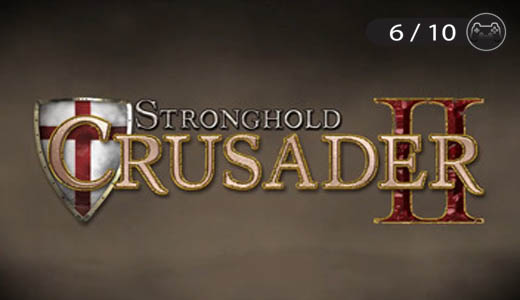Never turtle. Only Zerg. The first piece of advice ever given to me while playing a RTS game online may be gibberish to the non-gamer, but it defined many of my experiences in this genre.
I often found myself wishing that a good defense could occasionally be as valued as a fast, strong offense
Therefore when I started playing Stronghold Crusader 2, the long in production sequel to 2002’s Stronghold Crusader, I was optimistic that I would finally be getting my wish. Unfortunately, like most granted wishes, I got some of what I asked for, along with a lot of what I didn’t.
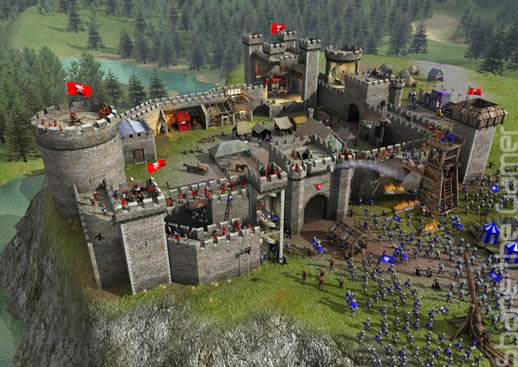
Set in the middle-east during the era of the Crusades, the game lets you take control of the armies of Richard the Lionheart or Saladin, and has a straight forward mission goal, break through the walls of your opponent’s castle to kill his Lord.
The graphics of the game are nostalgic, bordering on dated, with a blocky isometric view inherited from its predecessors.
The game is opened by a brief series of tutorial mission before the single player campaign. While by its own admission, the single player campaign is only a “learning” device, the game would have benefited from it being more fully fleshed out.
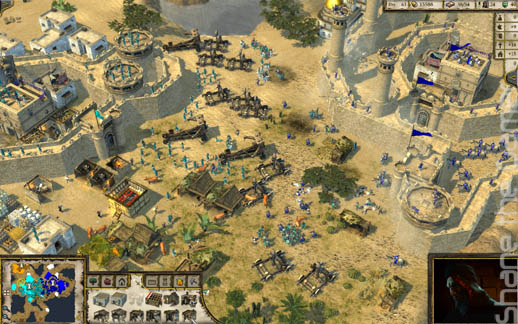
Solid campaigns highlight the best elements of the gameplay while slowly easing you into more complex mechanics through the guise of narrative. They prepare you for the inevitably steep skill difference required to be victorious over a human being instead of a computer. Unfortunately the “campaign” is barely a handful of missions for Richard and Saladin, followed by a series of premade skirmishes which pit you in progressively more difficult scenarios against AI opponents.
Note that it isn’t that the AI becomes substantially more challenging, simply that they have more starting resources while you start with less.
While the game is clearly designed to be more multiplayer focused, it is disappointing that you aren’t prepared for that transition into multiplayer through its single player elements.
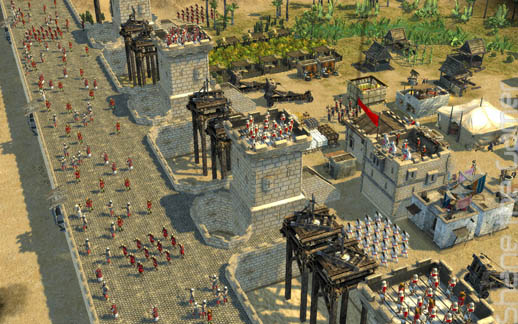
The difference between playing as Saladin and Richard comes down to special unit types which are available and I found that Saladin seemed to have the definitive advantage in fielding a more diverse army; with horse archers and spinning dervishes with area of effect attacks to name a few. The crusaders veered more toward the tried and true, heavily armoured knight and pikeman you remember from every medieval combat sim you’ve ever played.
Like most RTS’s, victory in Stronghold Crusader 2 depends on the balance between your economy and military and the management of your resources.
The games economy simulation is well designed, forcing you to strike a careful balance between the gathering and production of vital materials and the military which is outfitted by them.
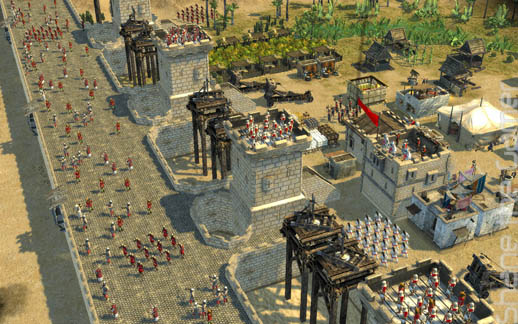
Instead of simply producing soldiers ready-made and fully equipped, the game requires you to produce the weapons and armour they use as well as provide the peasants to be trained into soldiers.
This brings in another layer of economy, attracting peasants to your castle.
This is handled by how much housing, food, ale and religion you have available along with how severe your tax rate is. A sliding scale on the screen allows you to adjust how generous you are to the peasantry at any time, from simply not feeding them when times are hard or offering them double rations of ale when you need to get on their good side.
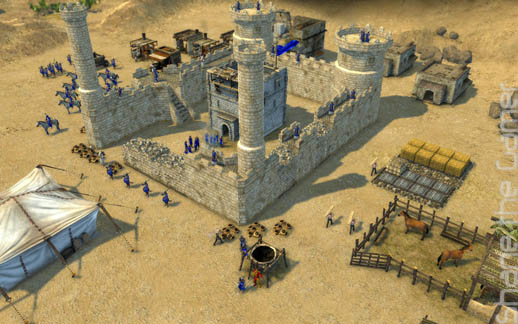
The castle building of the game is understandably, the highlight, building intricate defensive spirals to protect your lord and the delicate economy which sustains your army is a genuine pleasure.
The array of defensive options available to you, pouring boiling pitch down on your foes, building guard towers full of archers and setting traps for your enemies make sieges tactically enjoyable from a defense standpoint as well as a challenge for the aggressor.
Unfortunately once you play through a few sieges, frustrating unbalances begin to appear. The AI of your troops is underwhelming at best, so hefty micromanagement is needed, and once you are through the walls, actually killing the enemy lord is a buggy affair. The keep on which he stands is apparently immune to ranged fire so you are forced to send melee troops to engage him, which is strange because in the rest of the game, archers and siege weapons are overwhelmingly superior in almost every respect.
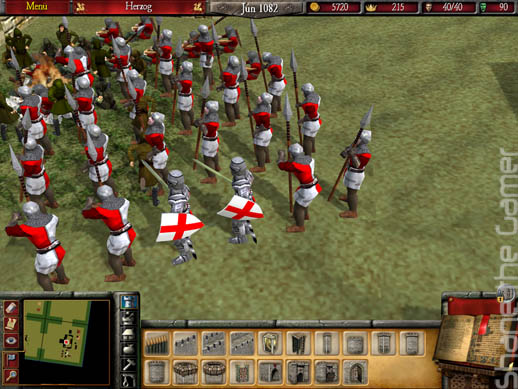
This is a game which attempts to recapture a golden age of isometric real time strategy, and succeeds occasionally but more often than not, becomes mired in the very issues that the genre has successfully moved on from.
The UI is clunky and generally unintuitive, not displaying running totals of your resources and combat is undermined by an underdeveloped AI, a lack of tactical options for your troops and often unbalanced combat mechanics.
The pieces of a great RTS can be seen in Stronghold Crusader 2, they are just never cohesively brought together.
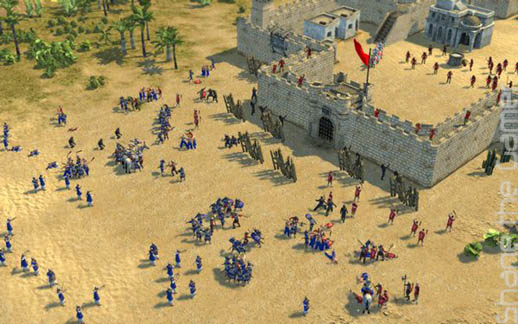
Given more polish and attention to base gameplay mechanics, this franchise could move forward into interesting territory, for now however, there is little draw for me to keep castle building.
[jwplayer player=”1″ mediaid=”9268″]


